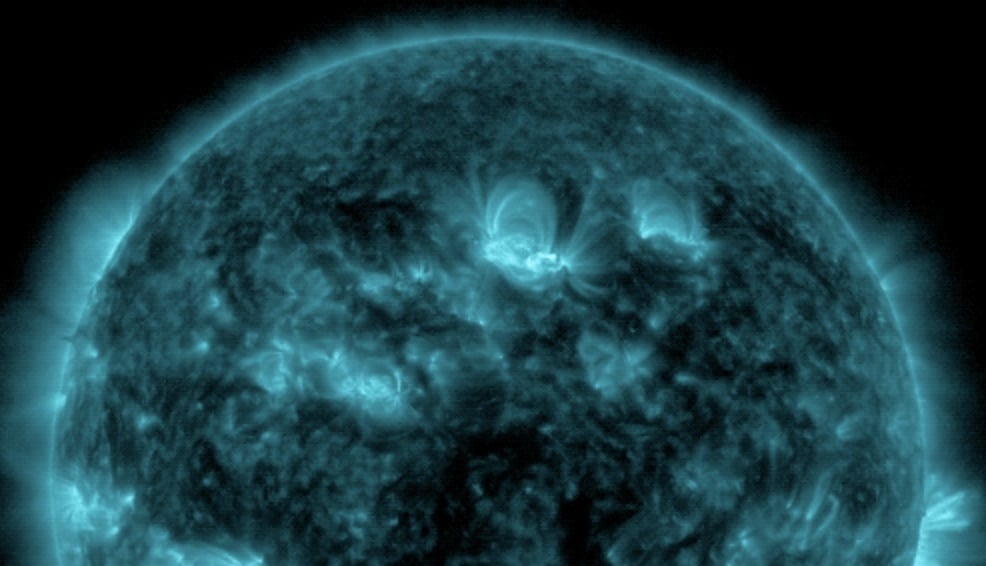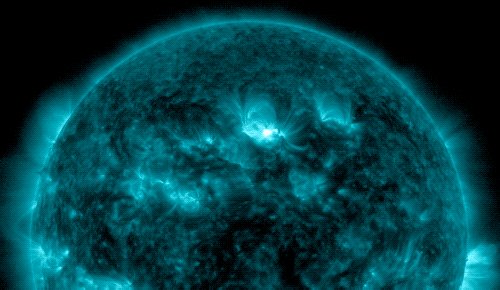The Sun is increasing its intensity on schedule, continuing its approach to solar maximum. In just over a 24-hour period on May 5 and May 6, 2024, the Sun released three X-class solar flares measuring at X1.3, X1.2, and X4.5. Solar flares can impact radio communications and electric power grids here on Earth, and they also pose a risk to spacecraft and astronauts in space.
NASA released an animation that shows the solar flares blasting off the surface of the rotating Sun, below.
Predicting when solar maximum will occur is not easy and the timing of it can only be confirmed after it happens. But NOAA's Space Weather Prediction Center (SWPC) currently estimates that solar maximum will likely occur between May 2024 and early 2026. The Sun goes through a cycle of high and low activity approximately every 11 years, driven by the Sun's magnetic field and indicated by the frequency and intensity of sunspots and other activity on the surface. The SWPC has been working hard to have a better handle on predicting solar cycles and activity. Find out more about that here.
Solar flares are explosions on the Sun that release powerful bursts of energy and radiation coming from the magnetic energy associated with the sunspots. The more sunspots, the greater potential for flares.
Flares are classified based on a system similar to the Richter scale for earthquakes, which divides solar flares according to their strength. X-class is the most intense category of flares, while the smallest ones are A-class, followed by B, C, M and then X. Each letter represents a 10-fold increase in energy output. So an X is ten times an M and 100 times a C. The number that follows the letter provides more information about its strength. The higher the number, the stronger the flare.
Flares are our solar system's largest explosive events. They are seen as bright areas on the Sun and can last from minutes to hours. We typically see a solar flare by the photons (or light) it releases, occurring in various wavelengths.
Sometimes, but not always, solar flares can be accompanied by a coronal mass ejection (CME), where giant clouds of particles from the Sun are hurled out into space. If we're lucky, these charged particles will provide a stunning show of auroras here on Earth while not impacting power grids or satellites.
Thankfully, missions like the Solar Dynamics Observatory, Solar Orbiter, the Parker Solar Probe are providing amazing views and new details about the Sun, helping astronomers to learn more about the dynamic ball of gas that powers our entire Solar System.
 Universe Today
Universe Today

